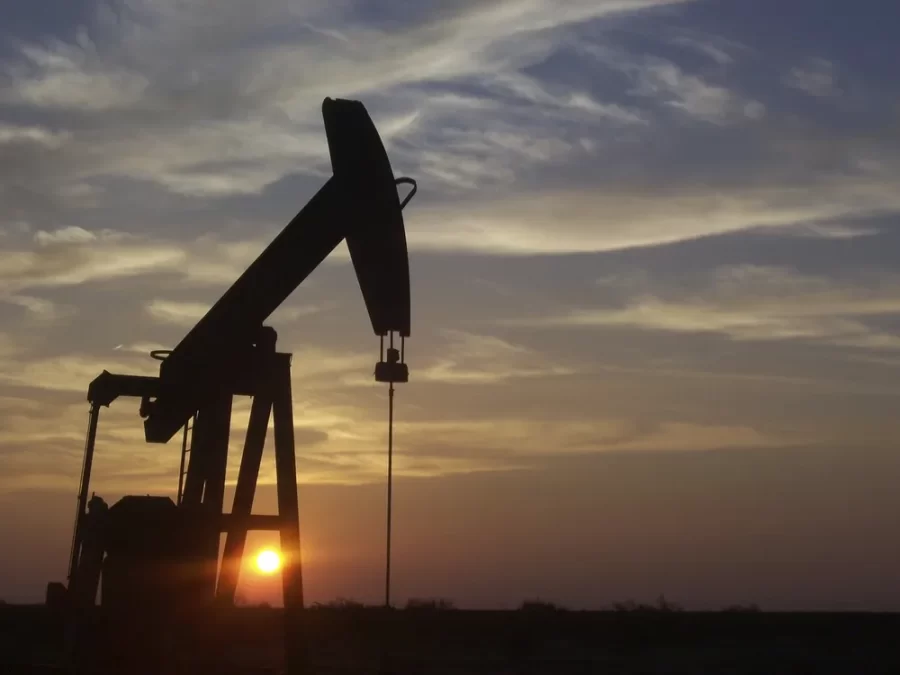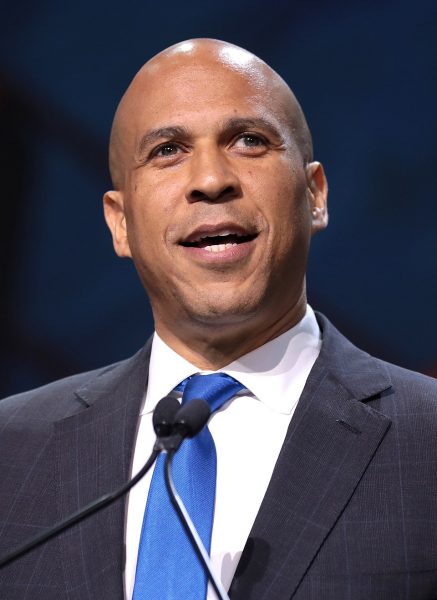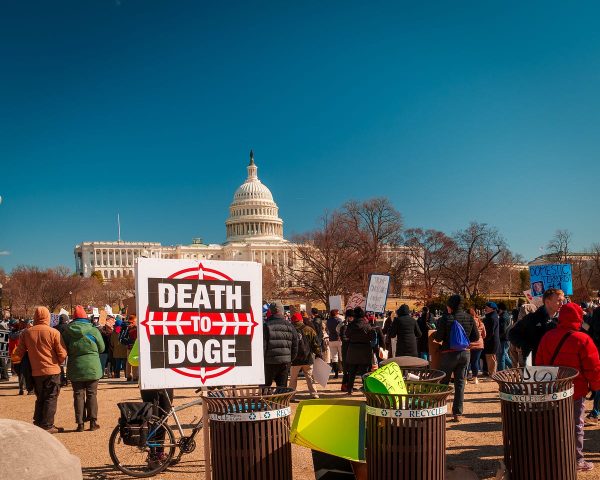Project Willow Explained
The Willow Project is expected to cost over six billion to construct,. While it could open a few economic opportunities, it will also greatly increase our negative carbon footprint.
Bring in the drills.
On March 13, the Biden Administration approved the controversial WIllow Project: Here’s what you need to know.
The Willow Project has been a multi-month bill focused on increasing the amount of oil the U.S. has available for use. However, heavy criticism of Willow has spiked concerns for millions. With that however, the Biden Administration has decided to move forward with the project.
A Houston-based energy company, ConocoPhillips, is responsible for the Willow Project. In 2020, the Trump Administration approved the Willow, however, when passed to the Biden Administration, the project was ultimately reduced to three drill pads instead of five. Although Willow was reduced, the administration felt its hands were tied when attempting to fully halt the project, mostly due to steep potential fines from ConocoPhillips.
In itself, the Willow project is an extensive and decades long drilling process on Alaska’s North Slope located in the National Petroleum Reserve (owned by the federal government). The area holds around 600 million barrels of oil. However the product would likely take years to reach markets considering the project has yet to even be constructed.
While it has yet to be constructed, Willow has many supporters and is predicted to have plenty of benefits. Many state lawmakers claim that the project will create a heavy boost in the economy by creating jobs and excelling domestic energy production, while also reducing the country’s reliance on foreign oil. However, in just the last week, online criticism on platforms like TikTok, against the project has resulted in over one million letters sent to the Biden Administration regarding problems with Willow. Additionally, over three million signings on a Change.Org petition to halt Willow. The reason for this kickback is due to the environmental risks that relate to the project.
From estimates done by the administration, Willow would produce enough oil to release over nine million metric tons of planet-warming carbon pollution per year. An amount that would cause irreversible damage to the planet and its ecosystems by causing a massive uprise in global temperatures and the raising of sea levels. Along with this, the drilling itself has concerned many due to the damage it would cause to the habitat of many native species in the area. Additionally interrupting the migration route of many animals, such as the caribou.
Even with the obvious consternations and kinks, the Biden Administration has greenlit the project. It is unclear when construction will begin, largely due to legal challenges the company is facing. Environmental groups such as EarthJustice are likely to file a complaint against the project and will likely seek an injunction in an attempt to stop the project from moving forward.
However, both environmental groups and ConocoPhillips are fighting the clock. Willow would need to be built during winter as ice roads are needed to build the rest of the project’s infrastructure. Depending on the weather, Alaska’s winter season is likely to end sometime in April. On the other hand, if environmental groups are able to complete an injunction before this time, it would halt the project for over a year.
One of the biggest controversies of the project is the breaking of a presidential promise. During his 2020 presidential campaign, Biden vowed to end all new oil and gas drilling on public land and waters, which he actually carried out as part of an executive order. However, since being shot down by a federal judge, the Biden Administration has disregarded the vow, and since opened several new oil drilling locations. Willow and projects alike, while they have the potential to bring a multitude of benefits, it carries heavy consequences that environmentalists and others alike will continue to fight against.












Debbie • Mar 22, 2023 at 4:59 pm
Excellently written!!